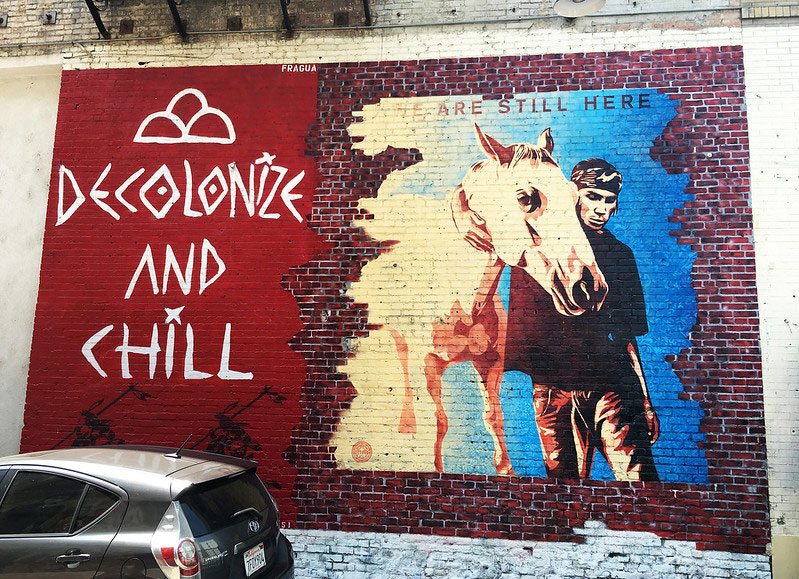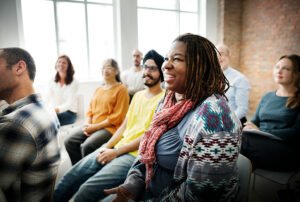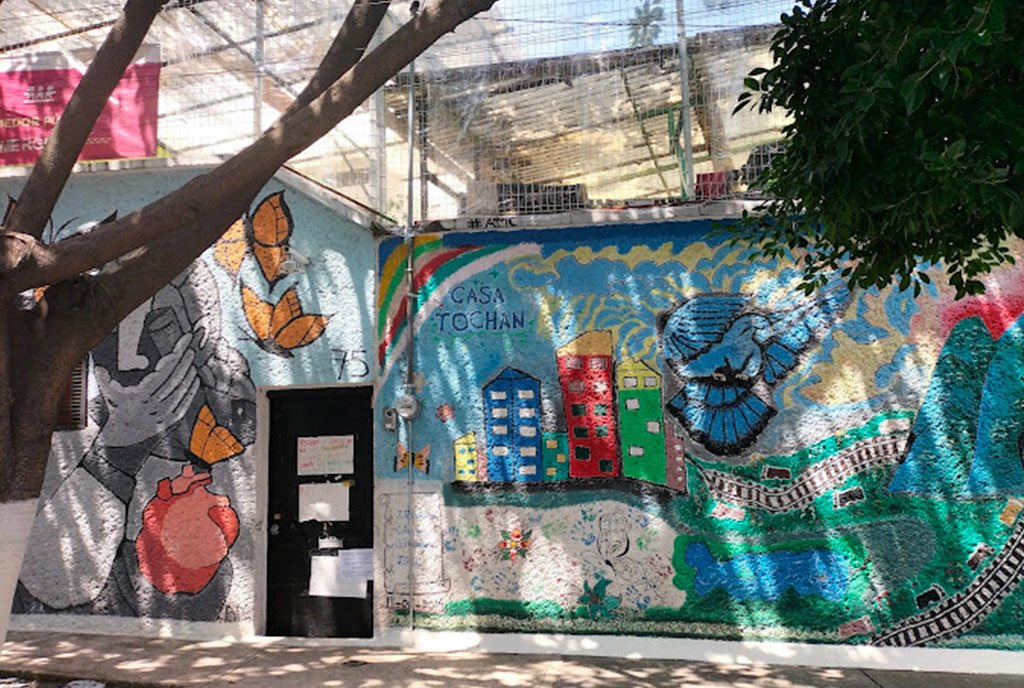
From its founding, Princeton University, like other Ivy League institutions, has left its mark on Native American history, politics, and life, educating some of this country’s most prolific Native scholars. In 1783, during one of history’s most disruptive eras for Indigenous people, Nassau Hall, Princeton’s oldest building, briefly served as the US Capitol. Since that time, Princeton has influenced the lives of its Native American students, their communities, the terms of their participation in democracy, and the ways the country’s oldest institutions react to and embrace them.
Despite having this long past, it was only in 2020 that Princeton made a firm commitment to Indigenous scholarship, acknowledging the contributions of Indigenous students and scholars to American letters and recognizing the significant impact Indigenous students have had on the university. This commitment is shown through two vital initiatives:
- the Eric and Wendy Schmidt Endowed Chair of Indigenous Studies, meant to catalyze and unite conversations on Indigeneity across disciplines; and
- the establishment of a new permanent fund by former trustee Peter Wendell, Princeton class of ’72, and his wife Lynn Wendell, class of ’77, to support research, teaching, or programmatic support for enrolled students, relating to Indigenous groups.
While this endowed chair and fund are timely, their establishment did not happen by themselves. Rather, this change in policy at Princeton came from a long journey of hardship and comes as a result of friendship, allyship, and trust between Princeton graduates, both Indigenous and non-Indigenous, and their families. I learned more about that from correspondence with Alfred Bush, retired curator of the Western Americana collection at Princeton University Library, and John Whittle, a descendant of George Morgan White Eyes of the Princeton class of 1789.
The history of Native American students at Princeton goes back more than 250 years. The first four Native students who attended Princeton were Lenape: George Morgan White Eyes, Peter Tatami (class of 1753), Jacob Wooley (class of 1762), and Shawukukhkung “Wilted Grass,” also known as Bartholomew Calvin (class of 1776). These students made their influence felt on the outcome of the American Revolution. They did not graduate, but they paved the way for the many Native American students who did in the centuries that followed.
Among those graduates was the legendary Native lawyer, advocate, and principal chief of the Cherokee Nation, John Ross. Ross later sent his relatives to Princeton: John McDonald Ross, class of 1841, who would die the same year of his graduation; William Potter Ross, class of 1842, who would later succeed his uncle as principal chief of the Cherokee; and Robert Daniel Ross, class of 1843, who went on to the University of Pennsylvania to become one of the first Native medical doctors in the US.
Other notable alumni include Howard Gansworth, class of 1901, who was born in New York to Seneca and Tuscarora parents and was kin to Eli S. Parker and Iroquois leader Red Jacket. He attended the notorious Carlisle Indian Industrial School. He gave the commencement address at Princeton in 1901, and later returned to Carlisle to become a disciplinarian. More recently, Kevin Gover, class of 1978, is now the Under Secretary for Museums and Culture at the Smithsonian. Rex Lee Jim, class of 1986, former vice president of the Navajo Nation, the largest Native community in the US by size. Lastly, the Treuer brothers—Anton of ’91, David of ’92, and Micah of ’01—have made incredible contributions to the Ojibwe community of Leech Lake and beyond.
The Long Campaign for Native Recognition
Native students have been part of the Princeton community fabric since its early days, but at a high cost. All these students arrived at a university engulfed in a history that until recently was embedded in the erasure of Indigenous identity. It is a fact that cannot be ignored: the country that is now the United States began with the colonization and subjugation of the Indigenous population of the New World. Princeton’s Native American students confront that reality daily—in their social circles, in classrooms, in papers, and in readings—as a reminder that this is how America tells its story and the story of Indigenous people.
Native Americans who have attended Princeton, among whom I include myself (class of 2003), are acutely aware that our lives, the communities we come from, and the people waiting for us “back home” are in direct conflict with the education we have paid for with both monetary and emotional resources. At times, we confront that reality bravely and with poise; other times, in channeled resistance only we can feel and hear.
Reflecting on a lecture he attended by Dee Brown, author of Bury My Heart at Wounded Knee, a bestseller that critiqued genocide but often relegated Native Americans to victimhood, David Treuer wrote, “I was so dismayed because I felt so insignificant in the face of the authority and power…he had hundreds of years of history behind him, the most powerful and lucid cultural myths of America as evidence, and a command of English I could only dream of. All I had was the small hot point of hope that I mattered, that where I was from mattered, and that someday I would be able to explain—to myself and to others—why.”
Sign up for our free newsletters
Subscribe to NPQ's newsletters to have our top stories delivered directly to your inbox.
By signing up, you agree to our privacy policy and terms of use, and to receive messages from NPQ and our partners.
In 2020, Princeton’s Native American students and alumni, with the help of allies like the Wendells and the Schmidts, got Princeton to consent to the idea that Indigenous students, communities, and people matter. Eric Schmidt, who is a cofounder of Google, and his wife Wendy provided the $5 million that seeds the professorial endowment.
Getting to this point involved a bit of luck. My husband Fred and I first met Wendy Schmidt during a staff retreat for the 11th Hour Project, held near San Francisco’s iconic Golden Gate Bridge, during the discussion of a book on Native American history. After an intense two hours, we found ourselves sitting next to Wendy at dinner, where we talked about US history, California tribal nations’ history, and Princeton University.
In the years that followed, Wendy Schmidt and the 11th Hour team, already funding many Indigenous projects, fully committed themselves to highlight and support Indigenous projects throughout the US, California, and the world at large. When my fellow Native American Princeton alumni had difficulties getting institutional support, I reached out to Wendy, mainly to vent and to seek advice on how Princeton worked. After a few phone calls to her network, which included former Princeton trustee Peter Wendell and his family, the endowed Indigenous Studies chair was a reality.
Of course, while the Schmidt family’s support was critical, many hands helped along the way. Native American alumni at Princeton had been asking for change for years. The idea of an endowed chair came neither from the alumni nor the Schmidts but from conversations we had with sympathetic professors. Requests for more support were hardly new; however, the ask for an endowed chair reflected a new strategy.
Through this endowed chair, we see the possibility of creating a pipeline for an increased number of Native American students to enroll at and graduate from Princeton. After college, these students often go back to serve their home communities, providing vital contributions that meet local needs while also benefitting Native economies. For example, Dr. Yolandra Toya, MD, Jicarilla Apache, sets aside two days a month to provide greatly needed medical service at Jemez Pueblo in New Mexico.
The Road Ahead
While Princeton’s establishment of an Indigenous Studies endowed chair is to be lauded, this institutional commitment cannot pardon the genocidal history of the US nor erase the history of the university as a whole. However, it is a start to a new kind of narrative that doesn’t call for complete disregard for the Indigenous worldviews that come with each new Princeton class of Indigenous students. It’s an opportunity for the university and all the scholarship that flows from it to see the contributions, spoken and unspoken, that Indigenous scholars and communities have set within its foundations—and if we are wise enough, all that has been kept outside its walls.
Most endowed Indigenous Studies chairs are found in states and locales with significant Indigenous populations. Princeton’s chair is unique in that is embedded in one of the nation’s oldest universities, in an area of the country that’s had one of the longest histories of colonization. Indigenous people know all too well the importance of focusing effort and attention on the eldest pillars when attempting to change a society. The endowed Indigenous Studies chair does just that; it names Indigenous people as more than a colonized people, more than mere historical narratives, but as a present and existing people.
With this naming, the university and its faculty, alumni, and students—both Indigenous and non-Indigenous—now have the work of filling in the story between those two points. It is a story not just of the university, or of individual students and their families, but of the US as a nation and our hopes for a more inclusive American future.












